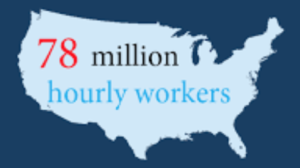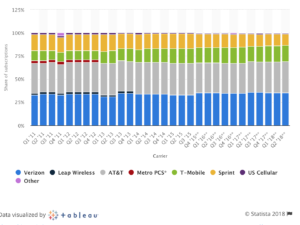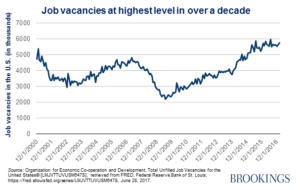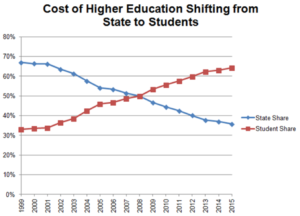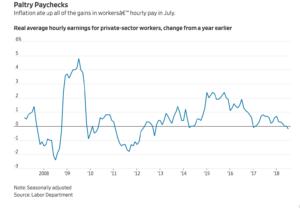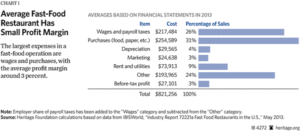
Image: sleepingshouldbeeasy.com
We all have a mother and father, and may have brothers and sisters. We come into the world born of our mother with a bonding to her, and if all goes well the father is there to raise us too. We can all agree that families are a priority – when things get tough our families come first.
Bo Lotzoff, philosopher and counselor helping many prisoners and poor people turnaround their lives, observed about American society that we ‘love things and use people’. It should be the other way around, ‘love people and use things’. Think about this insight. When we look objectively at what has happened to family life in the past 30 years, the slice of time devoted to family versus work has progressed in reality to not much time, or invested engagement by the working parent.
In Silicon Valley, the heart of technology innovation world-wide, it is the standard expectation for most workers at top companies to be at work until 8 or 9pm, just leaving barely enough time for fathers or mothers to read a story and tuck their children into bed. Management expects knowledge workers to check for text messages at least 19 hours a day and email before coming into the office, responding to work requests on weekends too. Even, on vacations, if project reviews are planned workers are expected to phone in for the key meetings and ‘stay on top’ of what is happening. When global conference calls are involved, the calls may start at 6am to Germany and continue to 7 or 8 pm to Japan or China. What all this connectedness means is that the company owns the mind and emotions of the worker 24 by 7. At one startup ‘all hands’ meeting just prior to the Christmas holiday the CEO thanked everyone for their hard work over the past year and declared, “have a fun Christmas or holiday rest for a day, then let’s make our numbers!” He made the statement kind of in just but half serious, the workers got his point, see your families and friends but stay connected 24 by 7.
Corporate life is destroying family life and our connectedness as a community. Being totally connected to the corporation is more important if we want to maintain our standard of living is the message. Corporations are using people and loving things (sounds like high tech).
Nourishing, sustaining and building stronger families would do a lot for solving our societal and economic issues. Crime would go down as young men who are left to live on the streets would be learning skills, playing a team sport or having a family supporting his life, and where after school programs were funded and staffed well. Groups like Thread, in Baltimore actually use the family structure with Parents and Grandparent surrogates to support youth in poor parts of the city where there may be only one parent and that parent is not home much of the time working two or three jobs to support the family. Today we are missing millions of our youth to crime, opioids and dead end jobs that could be active productive members of our labor force. Our labor force is declining with the aging of baby boomers, we need all the paycheck workers we can to support our aging population and for young workers to save for their futures.
So, let’s look at the policies of our federal government using the family yardstick which most people right or left, Republican or Democrat agree:
- Family Separation – recently we saw that there was consensus that children should be kept with their parents – even immigrant children
- Health Insurance – a Pew Research survey showed that 58 % of all Americans believed that every person should have affordable health insurance for which the government is responsible
- Childhood Health Insurance Program (CHIP) – most Senator and Congressmen agreed and renewed the CHIP bill to protect children caught between Medicaid and being too poor to afford an individual health insurance plan in this past December’s spending bill.
- Flexible Job Definition – more social and family counselors see a need for men and women to have flexible time jobs meaning that when a family emergency comes up like an illness or doctor appointment the worker can take time off and make the appointment without repercussions in job performance, salary or benefits.
- Parental Leave – Federal law of 1997 requires private employers to provide maternity leave up to 12 weeks of unpaid job-protected parental leave to bond with a new child within one year of birth, adoption, or foster care placement (parental leave). The US is the only country in the developed world that does not have paid leave for parents.
- Wages – real wages (after inflation) for the 80 % of workers in the U.S. have basically been stagnant for the last 30 years. Instead, corporate executives use excess profits to juice their stock prices with stock buybacks instead of raising wages. They are wasting nearly $810 billion that Goldman Sachs estimates is being spent in 2018 on stock buy backs. That $810 billion could go a long way to providing decent wages for workers. Analysts estimate the S & P 500 index is at least 20 % higher from what the prices of company stocks would be without stock buybacks. The reality is that workers and their families suffer having to work two or three jobs because of the greed of executive management.
We could add to the list, our point is made, when we have a consensus that families need to be placed as the first priority, not the second or third or thirty-fifth, then our legislative priorities are clear. Other countries seem to make a thriving economy and support of families work. Germany has paid parental leave, a net export economy, good wages, employee councils and at least 4 weeks of paid vacation for most employees. Most German families feel secure. This author asked a co-worker from Germany if he considered working in the U.S., he noted, “I would get sharper, get closer to engineering and innovation, yet, there is no real recognition of families, In Germany, I have paid leave for a new child, four weeks of vacation every year, a good guaranteed retirement program, health insurance and I participate in our employee council…I don’t want to live under constant stress in America.”
Families are the basic economic building block of our country. When corporations take control of our government and run our families into oblivion we all are hurt as a country. In the end corporate executives need to wake up and support family sustaining policies in their company, their management culture, wages and in Washington to build strong families. Otherwise, someday corporations will discover as is beginning to happen today, that young women having the fewest babies ever since WW II, the lowest level of family formations ever and lowest number of millennials buying homes will lead to shrinking markets, falling margins and reduced sales. We need to monitor what is happening to the health of our families to know if our societal values, economic values, government policies and corporate behavior are strengthening or weakening families.
